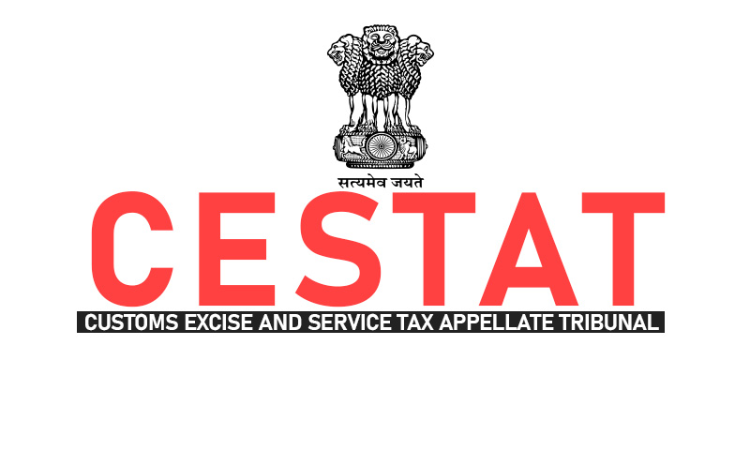CESTAT Classifies 'Brush Cutters' As Hand Held Agricultural Tool
Mariya Paliwala
29 March 2024 12:00 PM IST

Next Story
29 March 2024 12:00 PM IST
The Chennai Bench of Customs, Excise, and Service Tax Appellate Tribunal (CESTAT) has classified the 'brush cutters' as hand-held agricultural tools.The bench of P. Dinesha (Judicial Member) and M. Ajit Kumar (Technical Member) has observed that goods, which are handheld machines, would, at first sight, and by their popular name, 'brush cutter', be more suitable to be classified under CTH...
